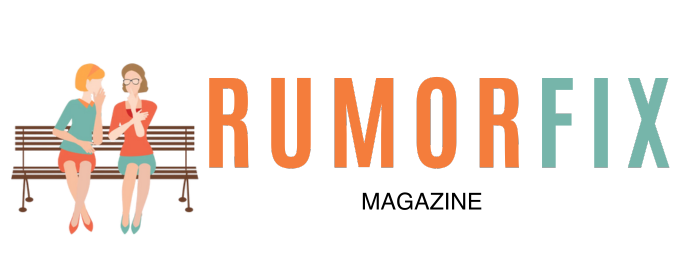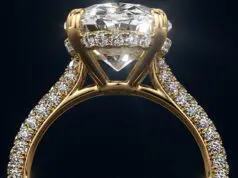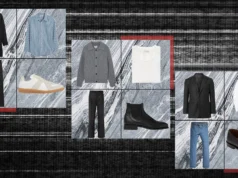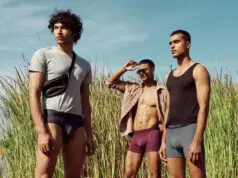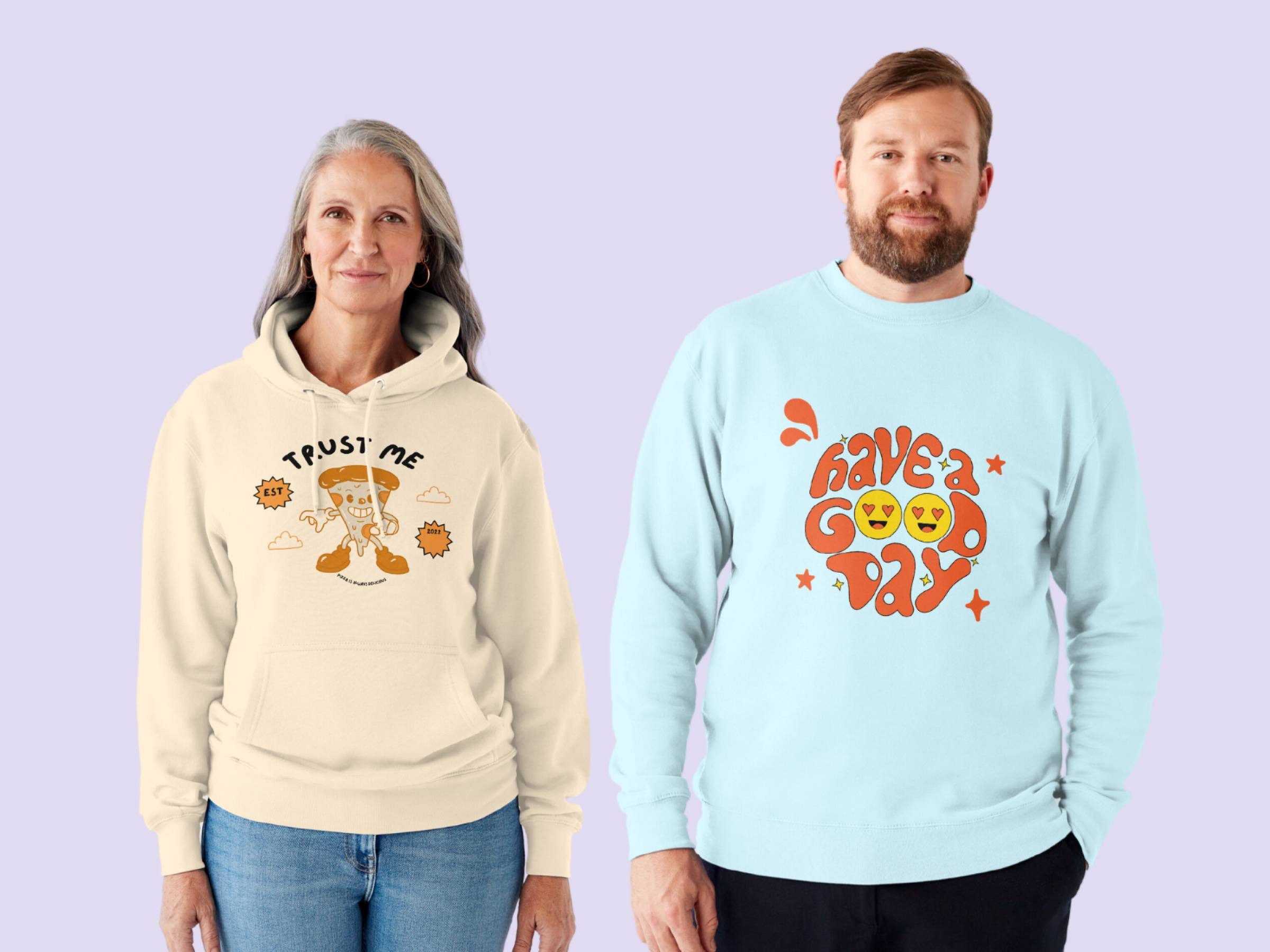
Clothing has always been a reflection of personality, but lately it’s evolved into something deeper, a form of creative self-expression. People are tired of mass-produced sameness. They want pieces that feel like extensions of their thoughts, moods, and creative instincts.
That’s where art-inspired T-shirts and hoodies come in. These garments combine comfort with originality, turning everyday outfits into wearable art. You can sense that shift in how we shop. Instead of chasing logos, more people look for authenticity.
In this article, we’ll look at what makes this kind of apparel so appealing, how to choose the right materials and designs, and how artists and buyers alike are using fashion as a new medium.
Whether you paint, illustrate, design, or simply appreciate art, you’ll see how an inspired print or brushstroke can turn something simple into something truly yours.
Why Wearable Art Matters (and Market Evidence)
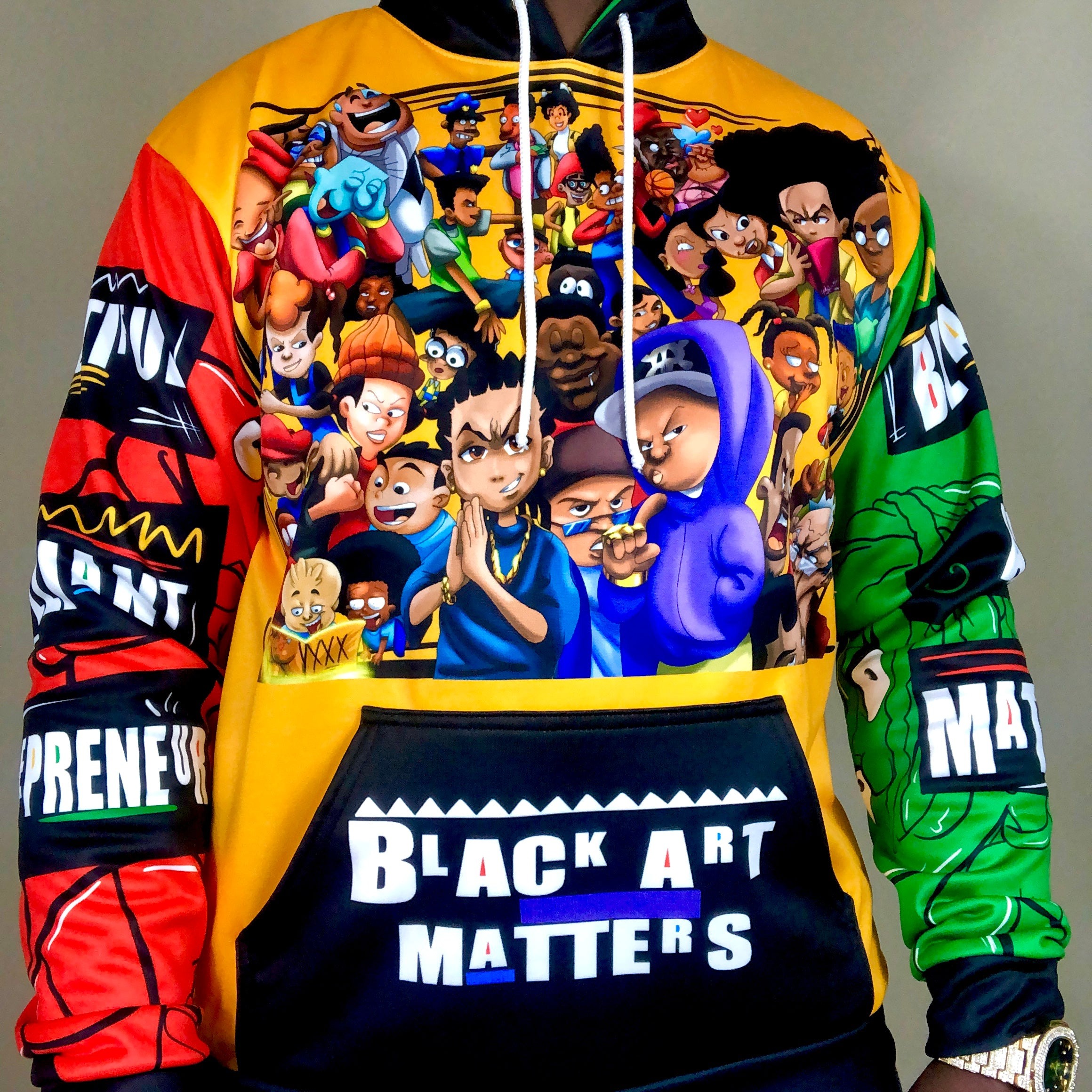
When you wear a design that isn’t just decoration but a statement, you shift fashion into expression. But this appeal has backing in market reality.
The global print-on-demand market was valued at about USD 8.93 billion in 2025 and is projected to grow to USD 57.49 billion by 2033, at a CAGR of 23.3 %.
The custom t-shirt printing segment alone was valued at USD 5.16 billion in 2025, and is expected to expand to USD 9.82 billion by 2030 (CAGR ~11.5 %).
These numbers confirm a cultural shift: people are demanding garments that carry voice, concept, art. It’s no surprise that more independent creators are entering the mix.
Print-on-demand fashion (also known as “fashion on demand”) means garments are made only after a customer orders them. This reduces waste, eliminates overproduction, and allows small artists to compete with large brands.
So: you’re not just designing a shirt, you’re joining a movement of sustainable, personal, creative commerce.
Choosing the Right Canvas: Blank Tees vs Hoodies
Not all blanks are equal. The difference between a great wearable art piece and a disappointing one often lies in the blank you choose. Here’s how to think:
Fabric and Construction
Always aim for fabric that handles printing. A soft, stable knit like ringspun cotton or a quality cotton blend ensures your print doesn’t blur or crack.
Cheap, thin knits or loosely woven tees cause bleeding or curling. For hoodies, a mid-weight fleece with good structure is safer than lightweight, floppy knits.
Silhouette and Shape
Unisex cuts, boxy cuts, relaxed fit—each frames your art differently. A wide drop-shoulder silhouette gives more “canvas space,” but might disrupt vertical symmetry. A more tailored cut retains cleaner proportional lines. Hoodies add bulk and texture; adjust artwork placement accordingly.
Color Base
Neutral tones (white, off-white, heather grey, black) let art take the lead. If your art is pastel or delicate, avoid deep, saturated base colors. You can also pick limited palette bases and keep your artwork in harmony with them.
Hoodie Specifics
With hoodies you get extra real estate (sleeves, hood lining, back) but you also wrestle with folds, seams, and pocket divots. Use mockups and test placements carefully.
Here’s a comparative mini-table to guide your choice:
| Feature | T-Shirt | Hoodie |
| Use frequency | year-round, versatile layering | more seasonal or bold statement piece |
| Print area | mainly front/back, less disruption | front, back, sleeves, hood, pocket areas |
| Cost and logistics | lower cost, lighter, easier ship | higher cost, bulkier shipping |
| Styling flexibility | easy to layer under jackets/shirts | more “outerwear” feel |
Because each section is around 130 words, this keeps balance while giving you substance.
Translating Your Art to the Shirt: Design Strategy + Tips
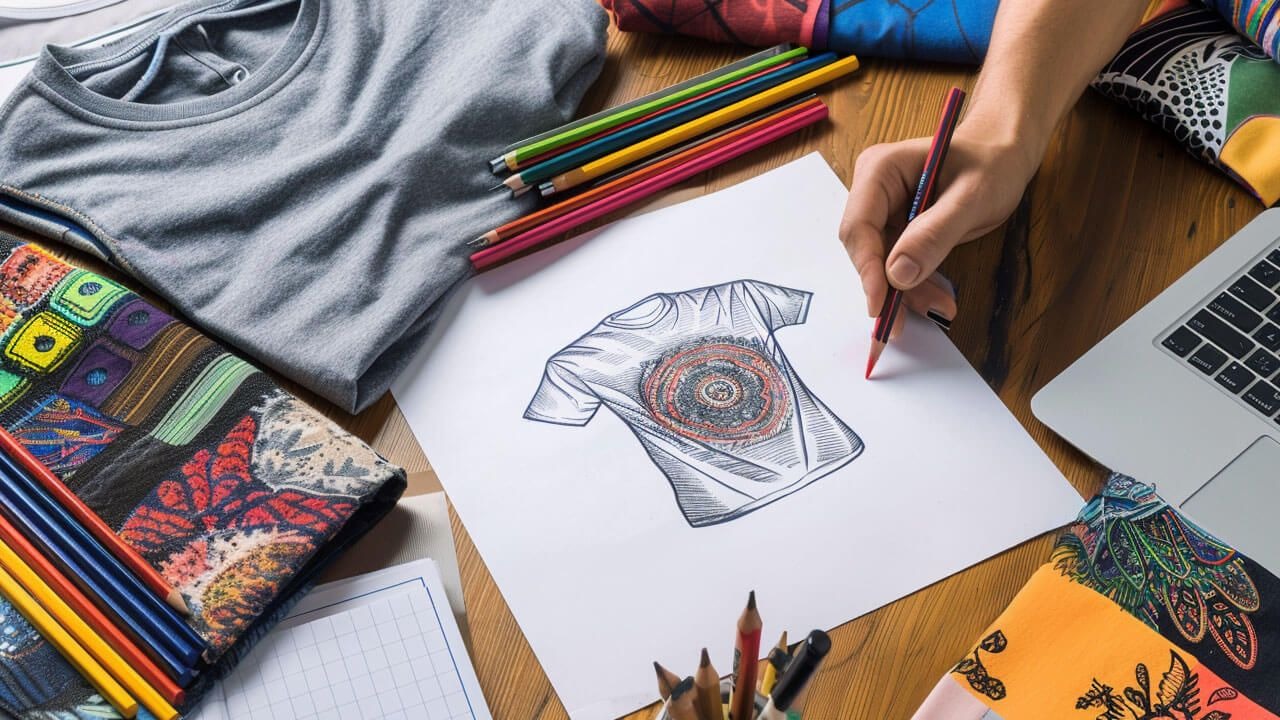
Turning a visual idea into fabric requires intentional design choices. Below is narrative guidance paired with a practical checklist to keep your process clean.
Start with your art philosophy: whether you work in ink, watercolor, digital collage, or lines, let that voice guide limitations.
For instance, if your style is delicate ink lines, you’ll avoid overly saturated gradients. If your visuals are bold and graphic, embrace big color blocks. Keep consistent style across your drops so your pieces speak as a collection.
Here’s a checklist you can carry into each design:
- Scale balance: test your design at various garment sizes. What looks fine on a large tee might kill detail on a small one.
- Buffer zone: don’t push your art to seams or hems—leave margin around edges.
- Color separation: use spot colors or layers so your printing method can execute cleanly.
- Reduce complexity: simplify details that will vanish when printed.
- Hierarchy and focal point: your design should have a clear focal area (center, chest, back) rather than competing elements everywhere.
“Designers who skip testing often find the art disappears or warps when worn.”
Also, always produce a test print (even a single shirt) before launching a full run. Wear it, wash it, stretch it. That’s how you catch issues early. Over time, this care becomes part of your brand’s integrity.
Selecting the Printing Method That Honors Your Art
Your choice of printing method determines how faithfully your art translates and how long it endures. Here’s a breakdown, with narrative explanation followed by pros/cons bullets.
Direct-to-Garment (DTG)
This method jets ink directly to fabric, allowing full-color, photographic prints even with gradients. Great for small runs or drops because there’s minimal setup cost. However, it thrives on lighter fabrics and may fade faster if lower quality inks are used.
Pros / Cons:
- Pros: supports full-color, high detail; no screen setup; ideal for small runs
- Cons: slower production; less vibrant on dark fabrics unless pretreated; more print cost per unit
Screen Printing
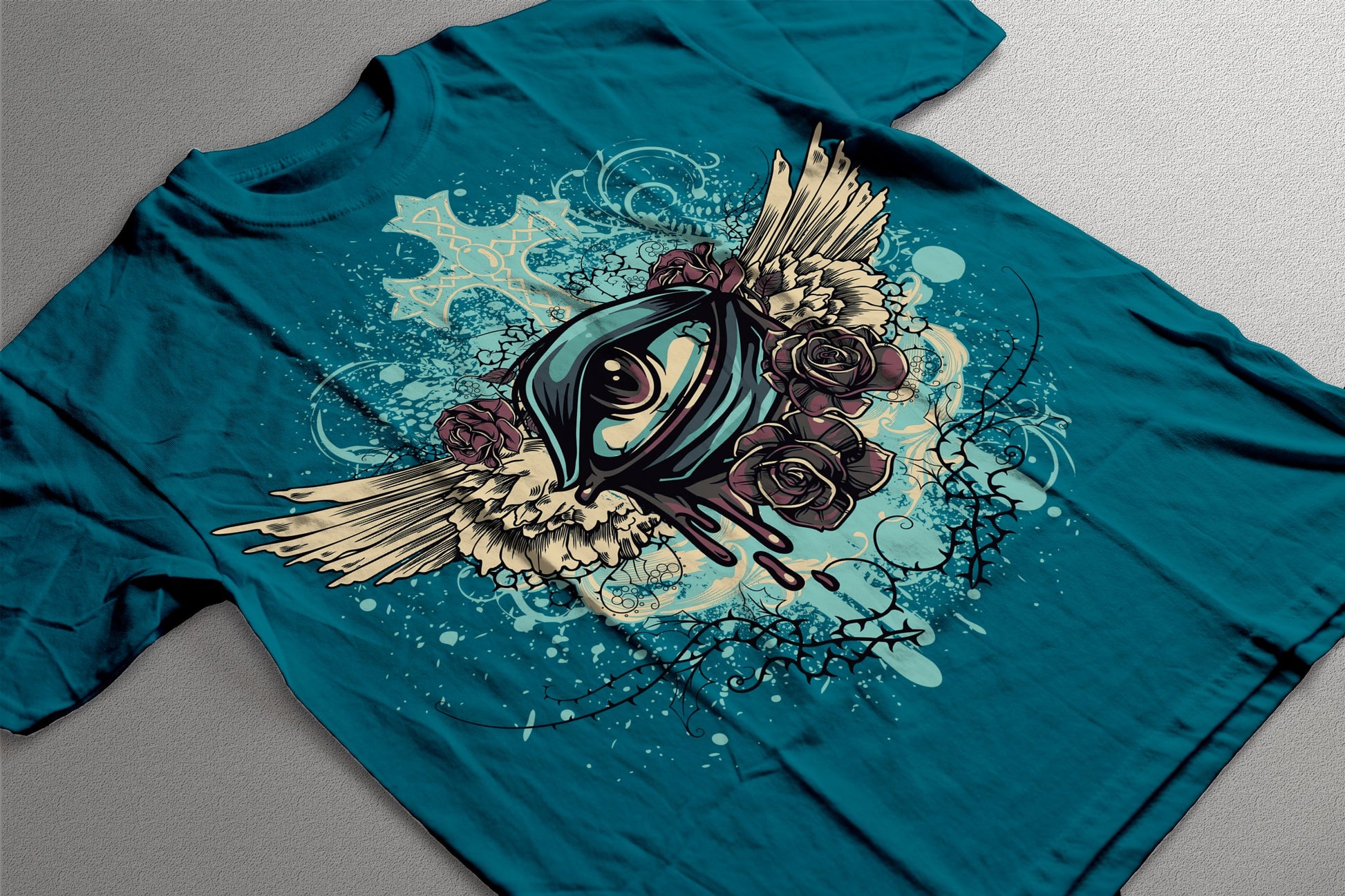
Traditional, durable, vibrant — if your design has limited colors and clear lines, screen printing is a gold standard for bulk orders. But setup (screens, color separations) is heavier, making it less cost-efficient for small quantities.
Pros / Cons:
- Pros: vivid colors, long life, cost-effective at scale
- Cons: upfront art separation, limited color gradients, inflexible for small runs
Heat Transfer / Vinyl and Specialty Methods
These are good for adding metallic accents, various textures, or custom single pieces. But they sometimes feel stiffer and may peel or feel “raised.”
Sublimation
Best when using polyester or poly-blend garments, particularly for all-over prints. The print becomes integral to the fabric (no texture). But it’s not suitable for pure cotton and can limit you to specific fabric weights and tones.
When you plan your launch (10 units or 100 units), choose the printing style you can scale and maintain. The art should survive the production, not be sacrificed to it.
Building Your Line and Reaching an Audience
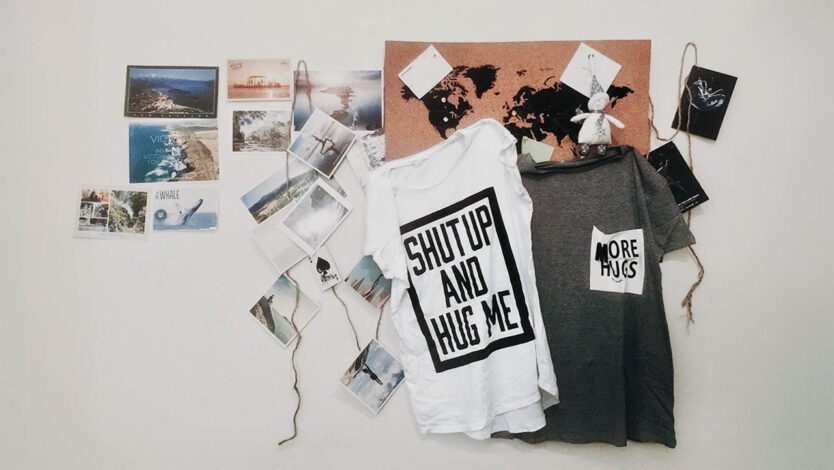
Your wearable art is your brand’s voice. To make it heard, you need not just production but narrative, release strategy, and identity. Below is a narrative flow + a mini bullet list for practical moves.
First, define your voice: maybe your visual identity is “inked dreams,” “urban surreal,” “visionary lines.” Let that guide your collection names. Drop your tees and hoodies in themed series, people respond to curations more than random releases.
Then, build your audience via transparency: post work-in-progress sketches, behind-the-scenes studio shots, mockups, test-print failures. This turns followers into invested witnesses, not passive shoppers.
Conclusion
Artist-inspired t-shirts and hoodies prove that clothing doesn’t have to be disposable or generic. When design carries meaning, even the simplest piece becomes something lasting.
These garments blur the line between art and everyday life — they let creativity step out of the studio and into the street.
If you’ve ever looked for a way to express who you are without saying much, start there. Find or design a piece that feels honest.
Choose fabrics that age well, prints that still make you feel something a year later, and art that actually represents you. Fashion fades, but expression doesn’t.
The most powerful statement is the one you can wear comfortably, confidently, and endlessly — because it feels true.
